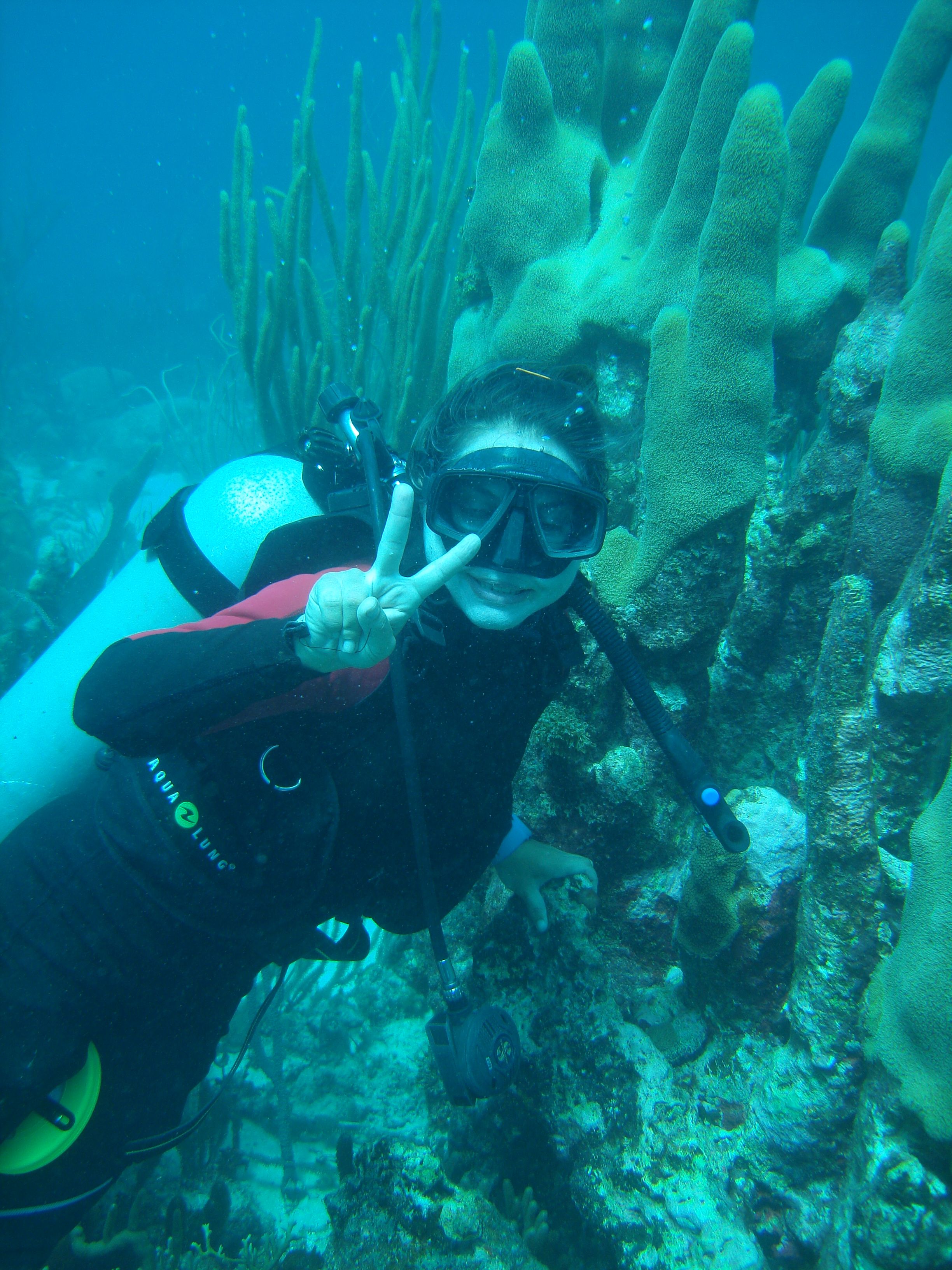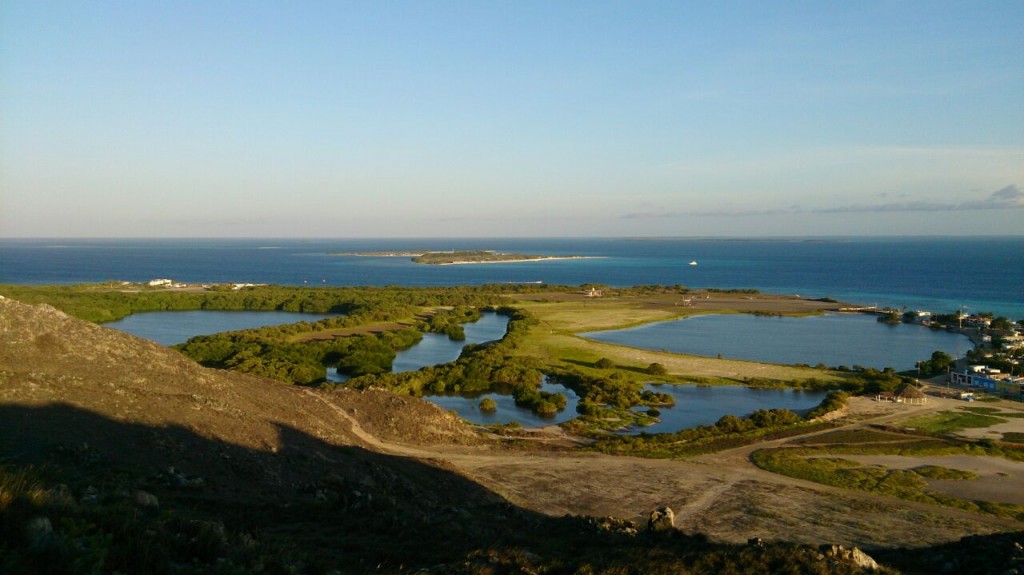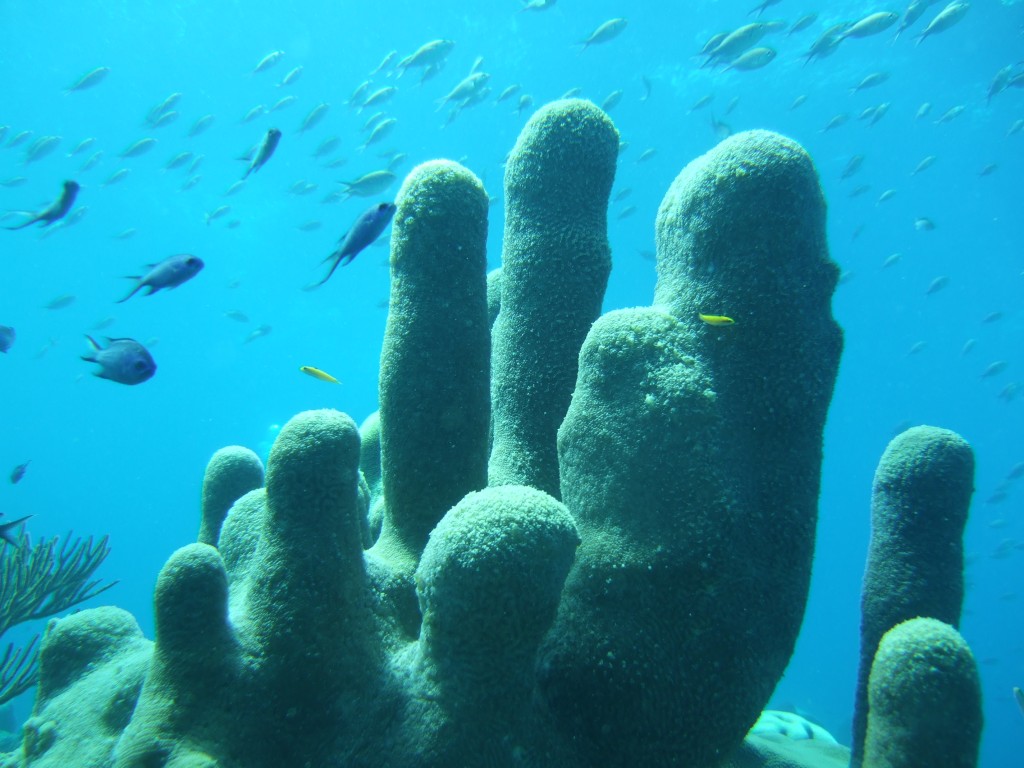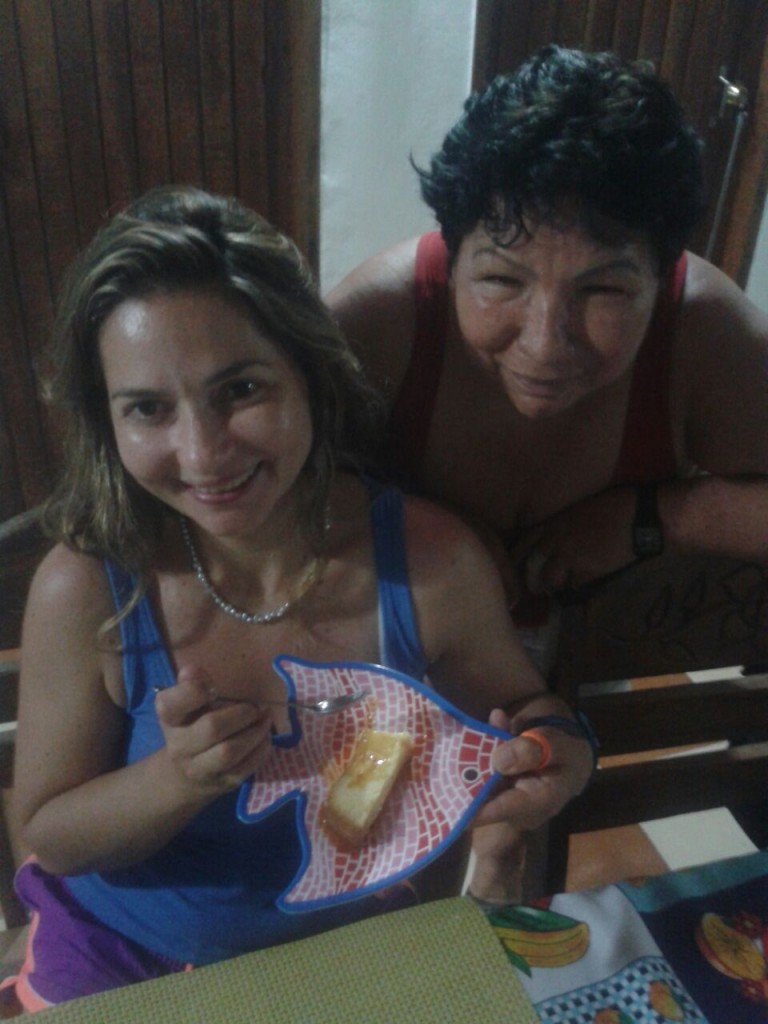Every time I tell people that I am a Marine Biologist I get the same two responses: “I always wanted to study that, but you know, I went to law (med, engineering, etc.) school because it was a better investment” followed by “ You are so lucky, to just go to the beach every day”.
We marine biologists endure long hours of diving, or under the sun or in a boat with bad weather, carrying the equipment, the tanks, oh the tanks! and more often than preferred, getting stung by jellyfishes and fire corals just right on the only inch that is not covered by neoprene. However our work does have advantages.
The Office: my fieldwork is in Los Roques Archipelago National Park, Southern Caribbean just off the coast of Venezuela and between (by many, many nautical miles) Trinidad & Tobago and Bonaire. It is composed of more than 50 coralline keys with coral reefs, seagrass beds and extremely pristine mangroves… Imagine a Caribbean vacation catalogue and you will picture Los Roques scenery.
….In this matter, people are definitely right, I do go to the beach.

safety glasses and nitrile gloves or a suit and tie, I wear a wetsuit, diving mask and fins. I do not need to worry about the hair and all that other stuff that makes people wake up three hours prior to getting out of the house five days a week. Although it sounds (or
read) great, I have to admit that I have encountered some disadvantages. First,
nobody believes we are scientists, since we lack a lab coat, we get a really
bizarre tan on the ankles and the hands and there is the uncomfortable truth of
skin fungus.
The Clients: working in conservation, we often have two types of “clients”: a threatened species and the community associated with its habitat. I work with the pillar coral, a wonderfully unique stony coral, which is rare not only because its occurrence is low, but also because it has many characteristics that other corals in the Caribbean do not share. For example, it always has its polyps displayed, looking like a furry animal. You just want to hug it, but don´t please!.
Community wise, I have to interact with many stakeholders, all extraordinary people. During the last field trip it was spiny lobster fishing season. Most of the artisanal fishermen were in campaign staying at Palafito. This is a Spanish word for shacks uplifted over the water by pillars; actually the country´s name comes from the impression Columbus had when he saw the native’s villages made by Palafitos at the Oricono River delta, which reminded him of Venice.
I am digressing; back to my clients. The Palafito is actually in the middle of nowhere, north in the inner lagoon of the archipelago. We went there to interview the fishermen who had been somewhat reluctant to the overall idea of researchers and scientists. In spite of this, after they knew we were staying at Doña Felipa´s house, they agreed to answer to our questions and the cook sent a couple of fried snappers, because it was noon and “people from the city do not eat enough phosphorus, that is why you all are so pale…”.
Doña Felipa is the daughter of one of the first fishermen that moved from Margarita Island to Los Roques. Her father was who built Palafito back in the 1970s. She receives people on her house, like a lodge, but guests are treated as family. She takes proud of what she does and that night she was even prouder. She managed to make a Quesillo (the Venezuelan version of custard or crème bruleé) without eggs, as to end a special dinner of lobster rice, because “you boys and girls don´t eat well in the city and need energy to go to the sea”.
The Work: after that marvellous dinner and a good sleep, we were to finalize the census of the pillar coral. The only part of the archipelago where we have not searched, because the conditions have had not permitted us in the whole year. November is a low wind month (generally) and the waves are lower outside the east barrier allowing us to get there. At least according to our Super captain Jean, because honestly 3 m waves in deep blue are not what I would call “great calm”. Jean says: Fran, this is the calmest it would ever get. After a bumping ride, off to the water:
-…. Substrate: pavement, dominated by gorgonids, one colony, two colonies…Wow! a huge elkhorn coral, healthy…..three colonies…., two rays……..a green Tourtle!!…….. no more colonies, 3 Km done, next site…..same substrate, no colonies so far….. a school of decent sized common jacks… they approached me, the fishing here must be low for they don´t fear me… great, they are swimming with me……uh! one shark….. one colony,….. two colonies…..another shark….ehhh..four sharks….
Ok pretty jacks, get away from me..-
Back to the boat, four more sites and the east barrier was done. The day after as we waited for the plane to arrive to the main island a tourist approached me, and after a few comments on his vacation I inevitably heard it again…. You are so lucky to go to the beach every day. I responded: yes, sir, although unfortunately I do not live by the sea I am extremely lucky to do a meaningful job and also to do it by the beach.


